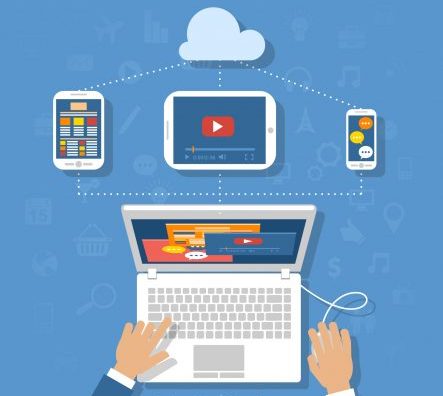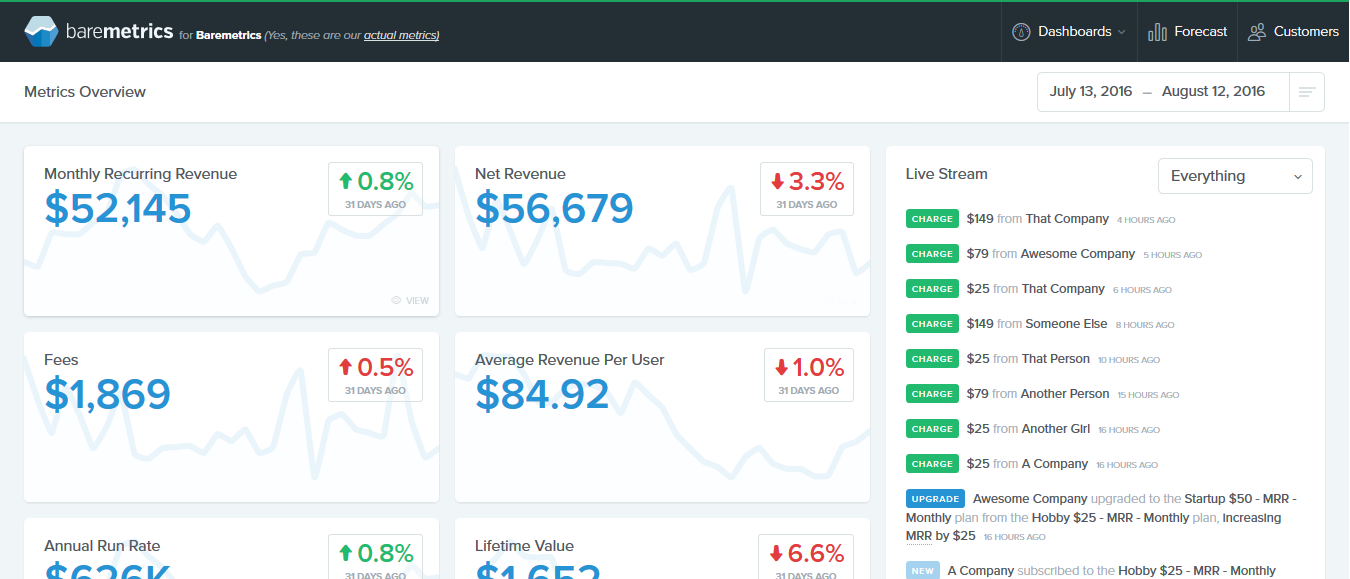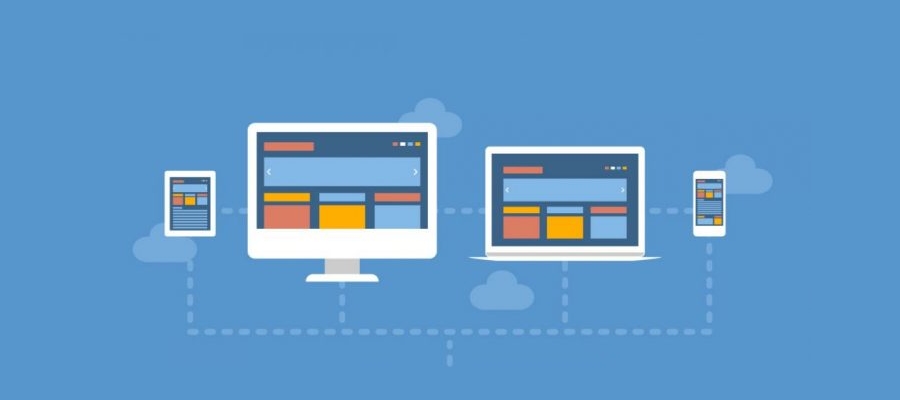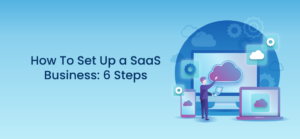近年、インターネット ツール、サービス、インターネット インフラストラクチャを利用し、SaaS サービスを購入 (より正確にはレンタル) する企業が増えています。 オンライン請求書発行、CRM を通じた顧客管理、見込み顧客発掘から、サーバーのリースまで。
では、SAASとは何でしょうか?
SaaSの – Software as a Serviceの略。 以前は、ローカル ソフトウェアを購入してローカルで使用する必要がありましたが、現在では、多くのソフトウェアが、すべてのコンピュータやモバイル デバイスで利用できる Web インターフェイスで使用できるようになり、通常はコストがはるかに安くなります。
SaaS は、ソフトウェア サービス、アプリケーション、インフラストラクチャのアウトソーシングの一形態と見なすことができます。 たとえば、貴重な時間とお金を無駄にしてランディング ページを作成したり、デザイナーやプログラマーと話したりする代わりに、オンラインで提供されるランディング ページ上に構築されたシステムである SaaS サービスの XNUMX つをレンタルできます。 通常、月額数ドル (使用するシステムの範囲によって異なります) で、独自のランディング ページを迅速かつ簡単に作成できます。 追加の例: Google プレースメント テスト ツール、CRM システム、クラウド、ヒート マップと分析、仮想チャット Web サイトなど。
現在の最大手の SAAS 企業の名前をいくつか挙げます。Salesforce、Linkedin、Workday、DropBox、Service Now、New Relic、Zendesk などです。 ここでは、最大手の SAAS 企業 250 社のリストをご覧いただけます。
最近成長しているスタートアップの多くは、利益とその成長を測定する SaaS ビジネス モデルに基づいて構築されています。 顧客解約 率は事前にわかっています。

では、どの SaaS スタートアップの概念を知っておく必要があるでしょうか?
MRR - を意味する 月額経常収益。 その目的は、毎月のビジネス サイクルによって顧客が購読者になることです。 毎月増加する MRR は成長を意味します。
ARR – 同じ原則が年間経常収益、つまり年間収益にも当てはまります。
ARPU – ユーザーあたりの平均収益を表します。 これは、平均収入 (特定のパッケージを購入した顧客) を意味します。 計算は簡単です。MRR をアクティブな顧客の数で割ります。 通常、ARPU が低いということは、大企業ではなく小規模なクライアントとの仕事を示しています。 各社ともユーザーを失わずにARPUを可能な限り高めることを目指している
ユーザーの離脱 – ユーザー別の放棄率。 計算は、(キャンセルした顧客の数 / 前月のアクティブなクライアントの数) に 100 を乗じたものです。SaaS 企業は、この数値をできるだけ下げることを望んでいますが、次の数値も同様です。
収益の減少 – 利益に応じた放棄率。 計算は次のようになります: (キャンセルおよびダウングレードパッケージによる MRR の低下 / 前月の MRR) に 100 を掛けます。
LTV – 生涯価値を表します。 この概念は基本的に、平均的な顧客があなたにとって合計いくらの価値があるかを意味します。 計算は次のように実行されます: ARPU をユーザー チャーンで割ったもの。 例: ユーザーが月に平均 50 ドルを支払い、ユーザー チャーンが 10% である場合、LTV は 500 ドルです。ここから、企業は顧客を獲得するために財務的に投資できる金額を削減します。 。
CAC – 顧客獲得コストを表します。 言い換えれば、顧客を獲得するのにどれくらいのコストがかかるかということです。 このコストには、販売員の雇用コスト、あらゆる種類のマーケティングおよび広告コストなどが含まれる場合があります。
このすべてのデータをライブで確認したいですか?
スタートアップ Baremetrics (SaaS 自体) は、特定の決済プロバイダーと連携し、上記のデータやその他多くのデータを視覚的に美しくシンプルな方法で提供する SaaS 企業向けの分析システムを開発しています。 Baremetrics 自体または SaaS 企業の実際のデータを Web サイトで見ることができます。





